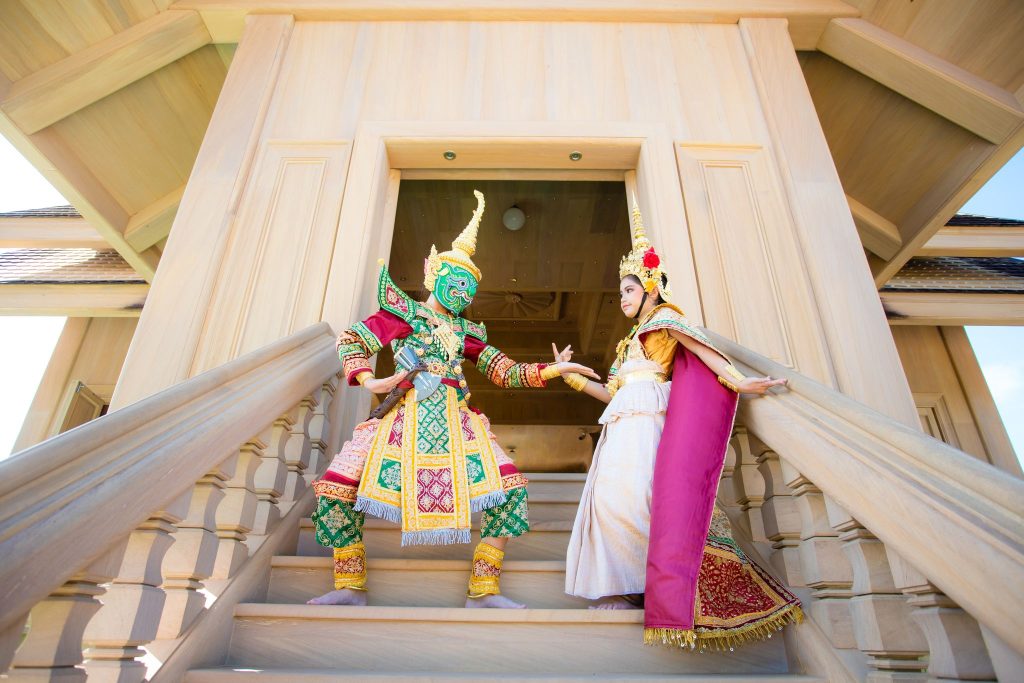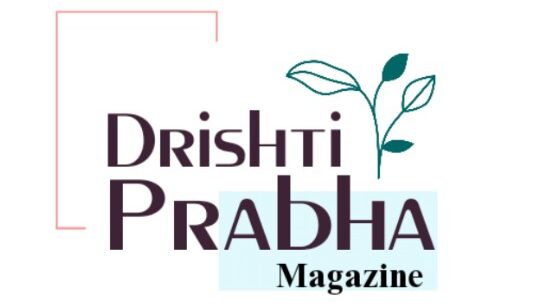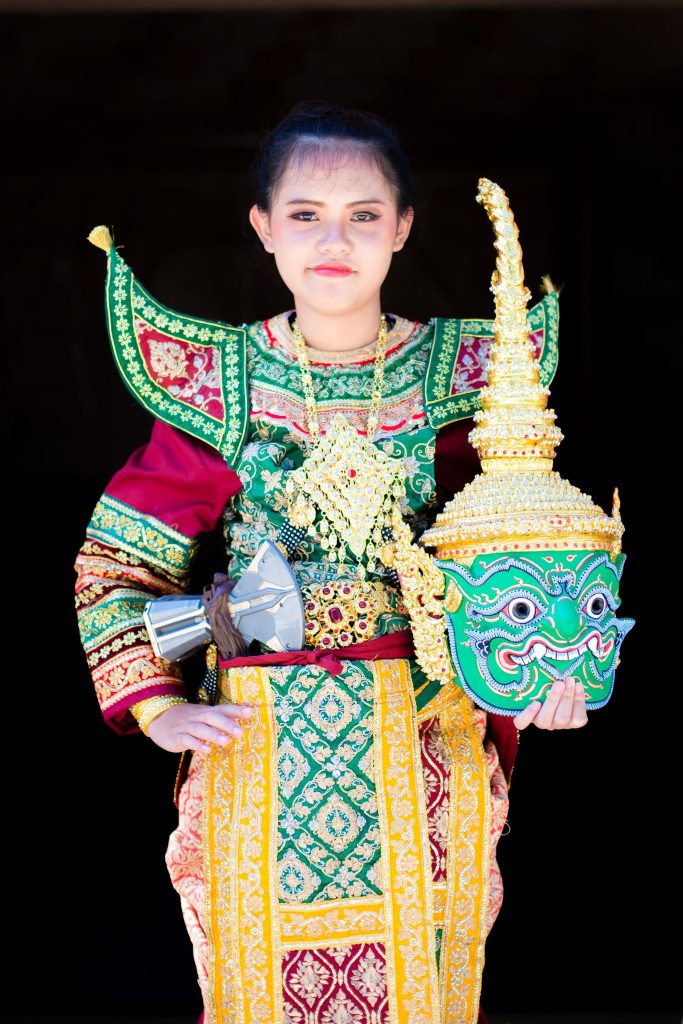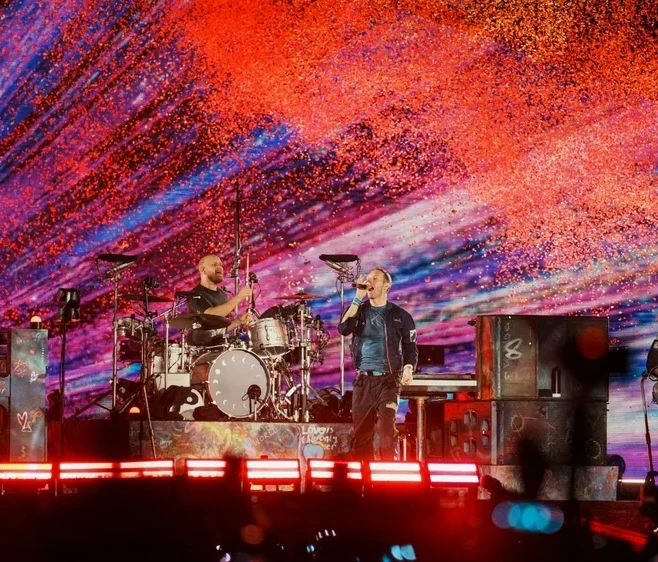The Ramakien: A Thai Cultural Masterpiece Rooted in the Ramayana
The Ramakien, a cornerstone of Thai culture, is a vibrant reflection of the Indian Ramayana. This grand tale, though rooted in Hindu mythology, was transformed and reinterpreted in the context of Thai culture and topography. It serves as a profound testament to the deep cultural exchanges between India and Southeast Asia over centuries, shaping the artistic and religious landscape of Thailand.

At its core, the Ramakien mirrors the legendary Ramayana, with its central themes revolving around the heroic journey of Phra Ram, the Thai incarnation of Lord Vishnu (also known as Narayana in Thai). The tale follows the valiant prince Phra Ram as he battles the demon king Ravana to rescue his beloved wife, Sida, much like the original Ramayana. However, the Ramakien is uniquely Thai, infused with local customs, values, and religious beliefs, particularly those of the Ayutthaya period.
The Avatars of Vishnu and other Hindu deities, such as the noble Hanuman, the monkey god, are integral to the narrative. These characters undergo notable transformations in the Ramakien, adapting to Thai traditions while maintaining their original divine roles.
Cultural Exchanges and the Arrival of Jataka Tales in Southeast Asia
The transmission of Indian culture to Southeast Asia can be traced through Buddhist missionaries, Indian traders, and scholars who established strong connections with the Khmer kingdoms of Funan and Angkor and the Srivijaya empire. These exchanges played a pivotal role in the spread of Hindu and Buddhist texts, including the Jataka tales—stories of the previous lives of Buddha—which further enriched the cultural fabric of Southeast Asia.
Among these stories was the Dasaratha Jataka, which made its way to Thailand and blended with local traditions. These tales, rooted in Indian epics, laid the foundation for the formation of the Ramakien, a Thai adaptation of the Ramayana that resonated with the people of Ayutthaya.
The Compilation of the Ramakien During the Ayutthaya Kingdom
- The Ramakien was first written down in the 18th century, during the Ayutthaya Kingdom. The fall of the Sukhothai government paved the way for the Ayutthaya Kingdom to ascend as the political and cultural center of Thailand. The destruction of Ayutthaya by the Burmese in 1767 resulted in the loss of many manuscripts, but the version we recognize today was compiled under the leadership of King Rama I, the founder of the Chakri dynasty, between 1799 and 1807.
King Rama I not only oversaw the writing of the Ramakien but also contributed parts of the work himself. His efforts solidified the Ramakien as a major literary work, cementing its place in Thai culture. Furthermore, King Rama I initiated the construction of the Grand Palace in Bangkok, which houses the Wat Phra Kaew (Temple of the Emerald Buddha). The walls of this sacred temple are adorned with paintings that vividly depict scenes from the Ramakien, further establishing its importance in the cultural and religious life of the Thai people.
The Evolution of the Ramakien Under Rama II
King Rama II, the son of Rama I, played a crucial role in further adapting the Ramakien for the stage. He transformed the epic into the khon drama, a traditional Thai theater form performed by non-speaking dancers in intricate costumes and masks. During these performances, narrations of the Ramakien were recited by a chorus positioned to one side of the stage.
In this version, Rama II emphasized the role of Hanuman, the god-king of the apes, expanding his character’s significance. The dramatic presentation included a more joyous and hopeful ending, making the tale even more accessible to the Thai people. The khon drama became an integral part of Thai performing arts, with the Ramakien as its central narrative.
The Ramakien: A Cultural Legacy
Today, the Ramakien remains a cornerstone of Thai culture and literature. The version compiled by Rama I is regarded as a masterpiece of Thai literature and continues to be read and taught in Thai schools. The story, rich in themes of loyalty, valor, and the triumph of good over evil, resonates deeply with the people of Thailand, reinforcing their cultural identity and spiritual values.
The influence of the Ramakien extends beyond literature and theater, permeating the arts, religious rituals, and festivals of Thailand. It is a living tradition, continually celebrated and adapted, ensuring that the story of Phra Ram and his adventures continue to inspire generations.
Conclusion
Editor-in-Chief
Drishti Prabha Magazine
India


